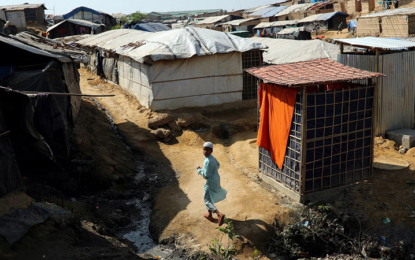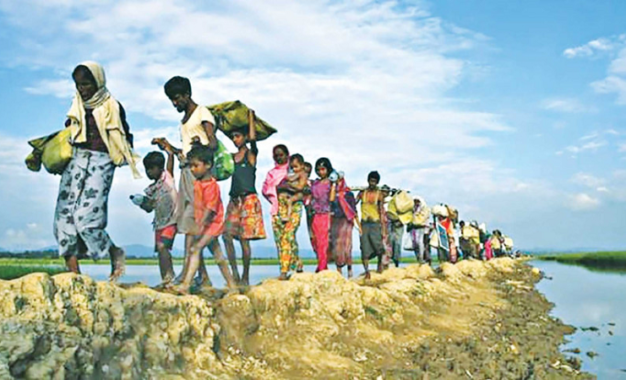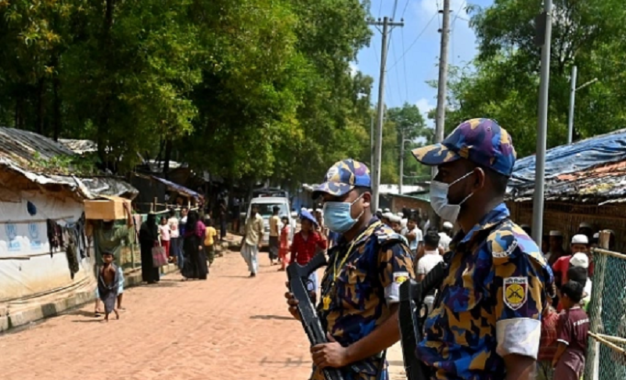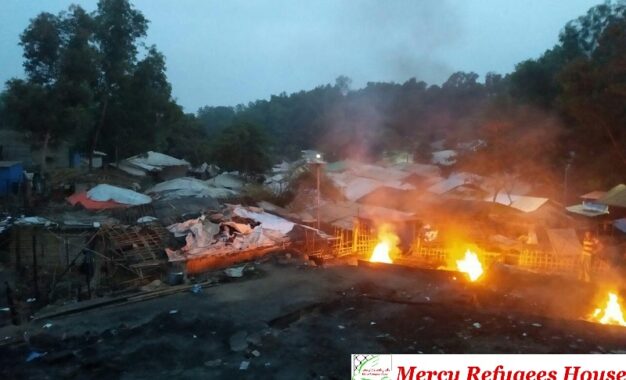“When I was 500 meters from my parents home I was crying loudly,” said Deen Mohammed Noori. The 32-year-old had been reunited with his parents after nine years; their address is printed in black ink on official UN records: Kutupalong, Block D, Shed 0026.
Noori’s parents are among hundreds of thousands of Rohingya refugees living in what has rapidly become the world’s largest refugee camp, with nearly 1 million stateless people living in makeshift settlements on the edge of Kutupalong, near Cox’s Bazar.
For Noori, the bamboo and tarpaulin huts are a reminder of the life he was fortunate enough to escape in 2010 when he was among 199 Rohingya refugees who settled in Bradford under the International Organisation for Migration’s gateway protection programme.
The Bradford Rohingyas, the biggest community of the ethnic group in Europe, have watched with increasing horror as more than 670,000 of their ethnic group – often described as the “world’s most persecuted people” – have fled the destruction of their villages in Myanmar’s Rakhine state.
Noori now works as a taxi driver in Bradford while running the Arakan Rohingya Organisation UK from his family home in the centre of the city, where he lives with his wife and children. He returned from his four-week trip to Kutupalong on 30 November with graphic horror stories and a renewed determination to ask the British government for sanctuary for his elderly relatives.





















